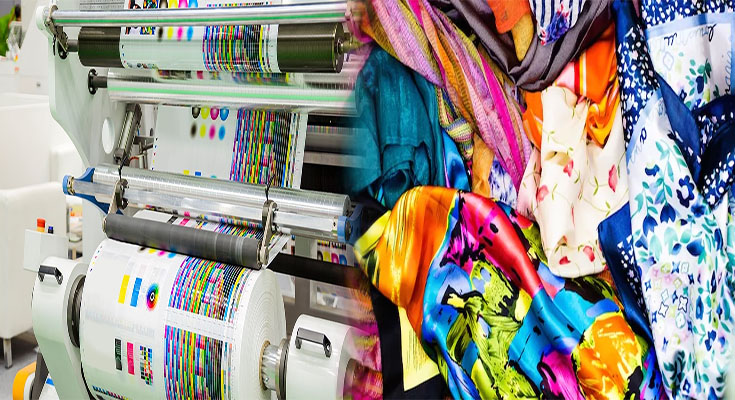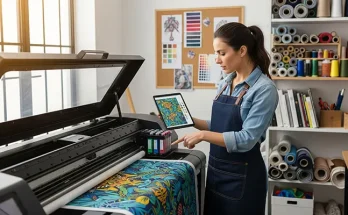The world of textile printing has undergone a revolution in recent years with the emergence of digital printing technology. This innovation has opened up endless possibilities for designers and artists to unleash their creativity and create truly unique and intricate designs. In this article, we will explore the power of digital textile printing and the skills needed to manipulate designs effectively.
Understanding Digital Textile Printing
Digital textile printing is a process where designs are directly printed onto fabrics using specialized printers. Unlike traditional methods, such as screen printing or block printing, digital printing allows for intricate details, vibrant colors, and complex patterns that were previously unattainable. It offers the flexibility to experiment with various fabrics, sizes, and color combinations, giving designers the freedom to bring their imagination to life.
Manipulating Designs with Software Skills
To harness the full potential of digital textile printing, designers need to develop proficiency in using design software. Popular software like Adobe Photoshop and Illustrator are essential tools for manipulating designs, creating patterns, and enhancing colors. Designers can utilize various techniques like scaling, rotating, mirroring, and warping to manipulate the designs and achieve the desired visual effects.
Creating Seamless Repeats
One of the key skills required for digital textile printing is the ability to create seamless repeats. A seamless repeat pattern is a design that can be repeated seamlessly across a large area without any visible edges or interruptions. This gives the fabric a continuous and cohesive look. Designers can achieve seamless repeats by carefully aligning and blending the edges of their designs, ensuring a smooth transition from one repeat to another.
Color Management and Calibration
Color plays a vital role in textile design, and achieving accurate color reproduction is crucial. Designers must have a good understanding of color management and calibration techniques. They need to ensure that the colors displayed on their monitors accurately match the final printed output. Calibration tools and color profiles can help achieve consistency and accuracy in color reproduction, resulting in a professional and visually appealing end product.
Exploring Texture and Effects
Digital textile printing allows designers to experiment with various textures and effects, adding depth and dimension to their designs. By manipulating layers, applying filters, and incorporating textures, designers can create unique visual effects that enhance the overall aesthetics of their prints. The ability to effectively use these tools provides endless possibilities for creativity and expression.
Collaboration with Printers and Technicians
Collaboration between designers and printers is vital to ensure successful outcomes in digital textile printing. Designers should work closely with experienced printers and technicians who understand the technical aspects of the printing process. Communicating design specifications, fabric choices, and desired outcomes will enable printers to optimize the printing parameters and achieve the desired results.
Pushing Boundaries and Embracing Innovation
Digital textile printing continues to evolve, pushing boundaries and challenging traditional norms. As technology advances, new opportunities for creativity and innovation emerge. Designers should stay abreast of the latest trends and developments in the field, experiment with new techniques and materials, and embrace the possibilities that arise. By pushing the boundaries and embracing innovation, designers can truly stand out in the world of digital textile printing.
Digital textile printing provides a platform for designers and artists to explore their creativity, manipulate designs, and create visually stunning prints. By developing skills in software manipulation, seamless repeats, color management, and collaboration, designers can bring their visions to life. With the ongoing advancements in digital printing technology, the world of textile design offers endless opportunities for those willing to experiment, innovate, and create extraordinary works of art.





